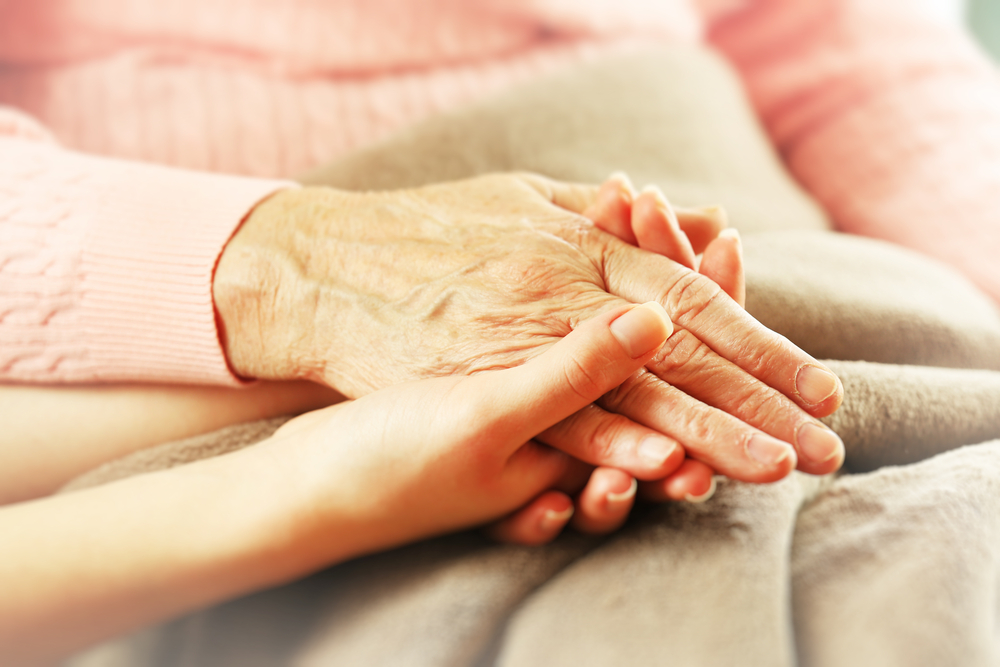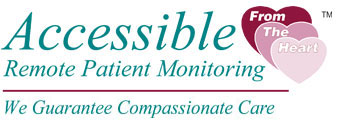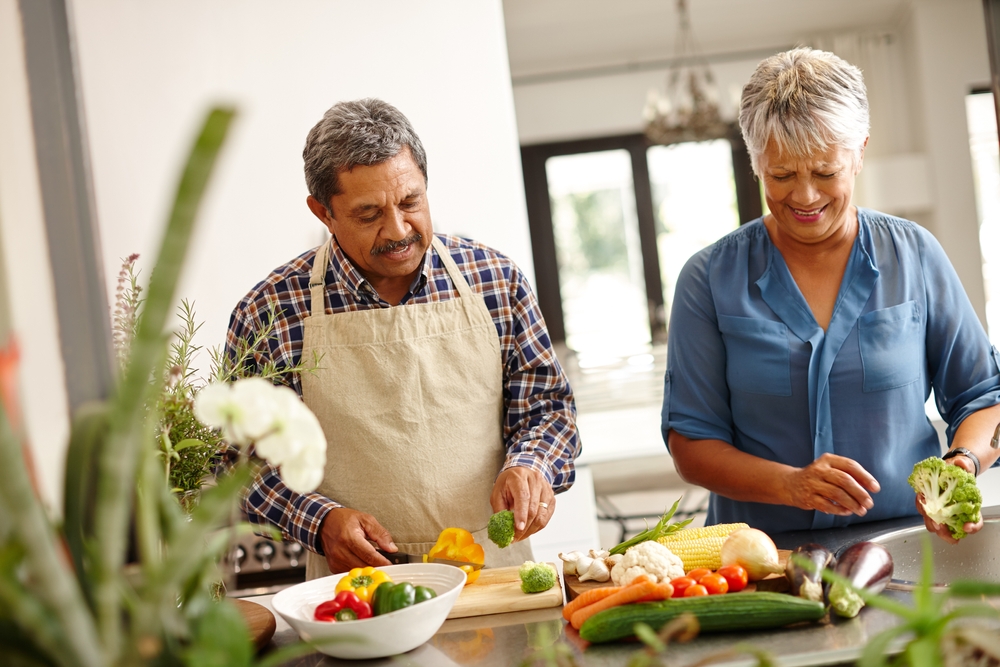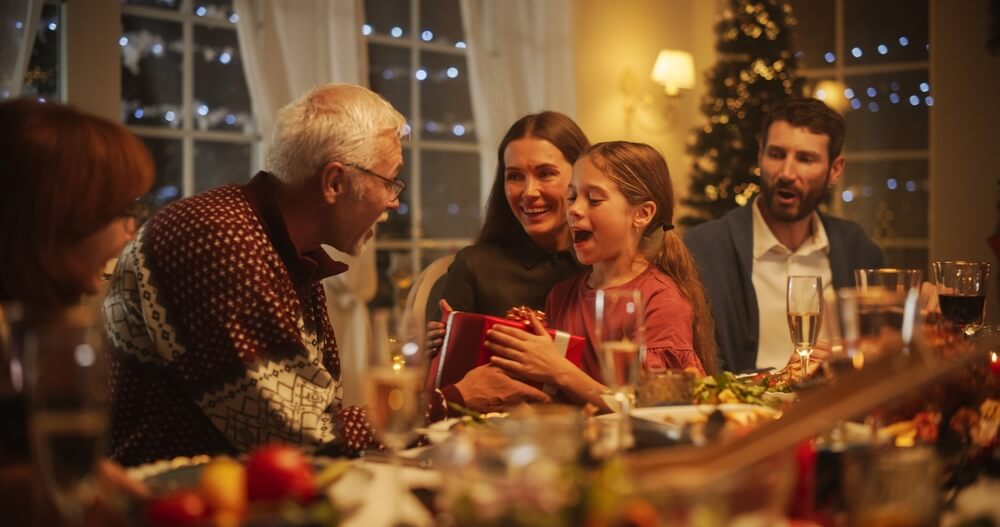 October 30, 2020
October 30, 2020
A larger number of older adults want to live independently and age in the comfort of their own home. Unfortunately, falls are the leading cause of injury among seniors, which can significantly impact their independence.
Why Seniors are More At Risk of Falls
There are a few factors that contribute to the risk of seniors falling.
Changes in Balance
Difficulties with balance and lower body weakness increase the risk of falling. Change in gait and balance due to aging happens and can be improved with exercise or walking aids like canes and walkers.
Eyesight Challenges
Our eyesight changes as we get older. To help your older loved one see clearly, make sure they have an updated prescription for glasses. Check the home’s interior to make sure it is well lit and install nightlights to help improve movement at nighttime. If they have cataracts, myopia, or another alignment that limits vision, having home health services can greatly improve their quality of life.
Hazards in the Home
While home might feel like the safest place, it can have a lot of hidden risks. The living room, kitchen, bedroom, bathroom, and hallways are all places that need to be inspected and checked for hazards. Here are some suggestions to make any home safer for seniors:
- Declutter the home by removing old newspapers, boxes, and covering all electrical cords on the floor.
- Move any low-standing furniture, like ottomans, coffee tables, and plant stands from high traffic areas in the home.
- Check thresholds and flatten any raised areas or steps into the home or another room with ramps or chair-lifts.
- Secure any loose materials on the floor like rugs with double-sided tape or remove them altogether.
- Add a non-slip mat to the bathtubs or shower to prevent slipping. Using a bath seat can also allow seniors to sit down while showering.
Medical Conditions
Often, older adults live with one or more chronic medical conditions. While it isn’t the only contributing factor to falling, any medical condition is a potential risk factor. For example, Parkinson’s can change a person’s gait and balance, making it more difficult to walk. Osteoporosis, the thinning of bone tissue and loss of density, can increase hip fractures’ risk when falling. Understanding how these conditions affect your loved one’s mobility and implementing changes to the environment to help them be more independent is necessary.
Medications
Have your older loved one’s perceptions changed? Sometimes, medication has side effects that increase drowsiness or affect balance. If you notice that a certain medication seems to be negatively affecting your loved one, talk to their doctor about alternatives.
Preventing Falls In the Home
To help families keep their loved ones independent at home and reduce fall hazards, we have created a handy infographic with tips. Download our Fall Prevention Tips.

Fall prevention tips, coupled with home care, can help improve the quality of your loved one’s life. Our professionals have assisted seniors in a variety of situations to ensure care is provided and that they are safe in their homes, no matter the situation.
If you would like the peace of mind knowing your loved one is being looked after to prevent falls and other accidents in the home, reach out to us.



